In an era defined by rapid technological advances, many businesses find themselves restricted by outdated software and systems. Legacy systems, often built decades ago, can hold back innovation and limit organisational growth. Modernising these systems isn’t just a technical upgrade; it’s a strategic move that enables companies to adapt to evolving customer expectations and remain competitive.
Why modernising legacy systems matters today
Legacy system modernisation has become essential as businesses look to integrate newer, more agile technologies. While legacy systems were once reliable, they often lack the flexibility, security, and scalability needed in a digital-first environment. Modernising legacy systems addresses these limitations, enabling organisations to improve efficiency, reduce costs, and unlock new opportunities for innovation.
The journey to modernisation, however, brings its own set of challenges. Companies may encounter obstacles such as data migration issues, integration difficulties, and maintaining operations during the transition. Understanding these challenges encountered when modernising legacy systems can help organisations plan effectively and choose the best approach.
The challenges encountered when modernising legacy systems
Updating legacy systems offers significant benefits, yet the process brings complexities. Recognising these common hurdles can help businesses manage their modernisation projects more effectively.
Complexity of integration
One of the main challenges is integrating legacy systems with modern applications and platforms. Often built with outdated technologies, these systems are not designed to connect seamlessly with today’s digital tools, leading to compatibility issues and potential downtime. Managing this integration is crucial to avoid disruptions in productivity.
Data migration and security concerns
Data migration is a critical part of modernising legacy systems but also presents risks. Moving large volumes of data from an outdated system to a new platform can lead to data loss or corruption. Legacy systems may also lack modern security protections, making the migration process vulnerable to cyber threats. Securing data during migration is essential to prevent breaches and ensure data integrity.
Resource allocation and cost constraints
Budget limitations are another common obstacle. Modernising a legacy system is a significant investment, requiring financial and human resources. Organisations may hesitate due to upfront costs, even though modernisation typically leads to long-term savings. Proper budgeting and resource allocation are essential to a successful transition.
Change management
Modernisation is not just a technical shift but an organisational one. Employees accustomed to legacy systems need to adapt to new processes and workflows. Implementing effective change management practices—including training, open communication, and support—helps employees embrace new systems, easing the transition.
Approaches to legacy system modernisation
When it comes to modernising legacy systems, there is no one-size-fits-all solution. The right approach depends on specific organisational needs, budget, and goals. Here are common strategies:
Rehosting (lift and shift)
Rehosting, often called “lift and shift,” involves moving applications to a new environment with minimal modifications. This approach is ideal for organisations seeking a quick, lower-cost transition, as it minimises disruption. However, since rehosting retains the original structure, it may not fully unlock the benefits of modern technology.
Replatforming
Replatforming involves making targeted modifications to improve performance without fully redesigning the system. For example, moving an on-premises application to a managed cloud platform can enhance functionality while keeping core elements intact. This approach balances cost-effectiveness with improved performance and scalability.
Refactoring and rearchitecting
Refactoring involves restructuring the system’s code to improve performance, scalability, and compatibility, while rearchitecting redesigns the system’s entire structure to align it with current standards. These options are more resource-intensive but offer greater flexibility and long-term benefits, making them ideal for organisations seeking a future-proof solution.
Replacement
For some businesses, replacement may be the best option, especially if the current system no longer supports essential operations. Although it requires a higher investment, replacing an old system allows for a fully modern platform with no limitations from outdated technology. This approach is suitable for companies aiming for long-term scalability and performance.
Selecting the right modernisation strategy involves weighing each option’s pros and cons in relation to budget, timeline, and business goals. Consulting with technology experts can also help organisations make informed decisions.
You may also like: What is custom software development and how can your business benefit
Benefits of modernising legacy systems
Investing in legacy system modernisation isn’t just about resolving limitations—it’s a way to unlock new potential and position the organisation for sustained growth. Key benefits include:
Enhanced efficiency and performance
Legacy systems can be slow and resource-intensive. Modernising these systems improves performance, reducing system downtime and streamlining workflows, which allows teams to work more efficiently and deliver services at a higher standard.
Increased security
Older systems often lack the robust security measures found in modern technology, making them more vulnerable to threats. By modernising, organisations strengthen their defences against cyber threats, protecting sensitive data and ensuring compliance with industry standards.
Cost savings and reduced maintenance
Though modernisation requires an initial investment, it leads to significant long-term savings. Legacy systems typically demand extensive maintenance, while modern systems are easier and less costly to support. The result is a reduction in both maintenance costs and unexpected repair expenses.
Improved user and customer experience
Modern systems are typically more user-friendly, benefiting both employees and customers. This leads to a smoother, more intuitive experience that can improve customer satisfaction, loyalty, and overall business outcomes.
You may also like: What is digital transformation
Steps to start a legacy system modernisation project
A clear, step-by-step approach can simplify the modernisation process and improve the chances of success. Here’s a suggested roadmap:
1. Assessment and goal-setting
Start by evaluating your current systems and identifying which are outdated or underperforming. Then, set clear goals—such as improving efficiency, enhancing security, or reducing costs. Defining these objectives will guide your decisions throughout the project.
2. Selecting a modernisation approach
Choose the best approach based on the assessment and goals. Whether it’s rehosting, replatforming, refactoring, or replacement, aligning the approach with organisational needs and resources ensures a smoother transition.
3. Pilot testing and phased rollout
Consider testing the modernisation process on a smaller scale before a full rollout. A pilot phase allows for identifying potential issues in a controlled environment, while a phased rollout enables a gradual, low-risk implementation.
4. Training and change management
Equip employees with the skills and knowledge to use the new system effectively. Providing training and support encourages smooth adoption, ensuring that staff feel prepared and confident in using the updated infrastructure.
5. Monitoring and continuous optimisation
Once the new system is in place, regularly monitor its performance. Gathering feedback and making continuous updates will help maintain alignment with business needs and technological advancements, ensuring long-term success.
Future-proofing with legacy system modernisation
Legacy system modernisation is a forward-thinking investment that enables organisations to stay competitive and adapt to evolving technology. Modern systems can integrate with cutting-edge tools like artificial intelligence and IoT, giving businesses enhanced capabilities. With greater flexibility and scalability, modernised infrastructure supports organisational growth, whether through new locations, expanded services, or even business model changes.
By ensuring systems are regularly updated and optimised, organisations can avoid the pitfalls of outdated technology, maintaining a resilient and efficient operation over time. This future-proofing approach reduces the need for costly, disruptive overhauls and allows companies to focus on innovation and strategic growth.
Conclusion
Modernising legacy systems is more than a technology upgrade—it’s a pathway to enhanced efficiency, security, and agility that enables organisations to remain competitive. While challenges such as integration and data migration can make the process complex, the long-term benefits far outweigh the obstacles. From cost savings and improved performance to readiness for future technologies, modernisation equips businesses to operate in an increasingly digital world with confidence.
For organisations looking to embark on this journey, assessing current systems and setting clear goals are the first steps. With the right approach and a committed partner, companies can transform outdated infrastructure into a valuable asset that drives success.
Ready to future-proof your business? At Origin Digital, we specialise in digital transformation solutions that help organisations overcome legacy system challenges and embrace innovation. Contact us today to learn how our expertise in legacy system modernisation can support your growth.






